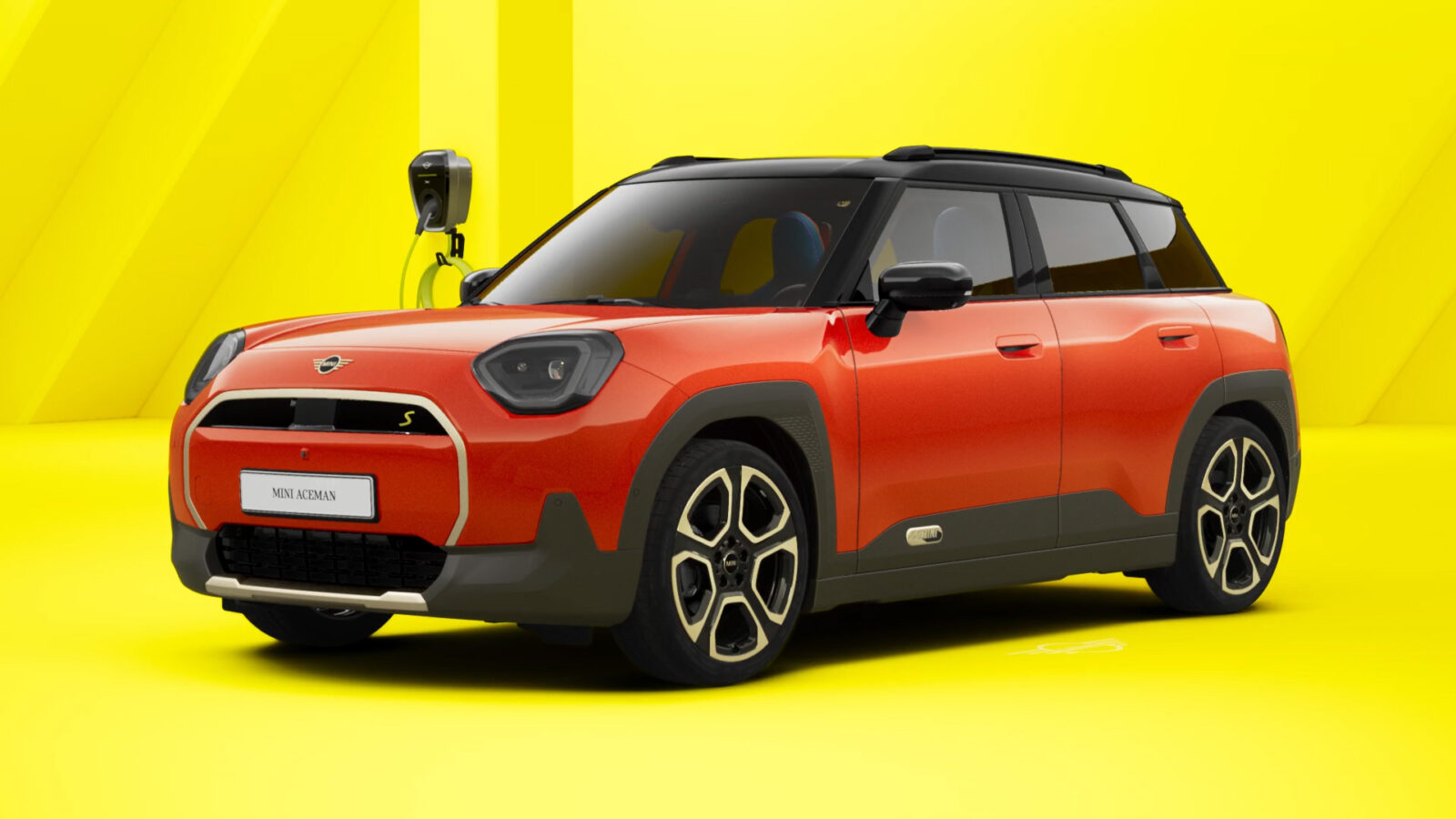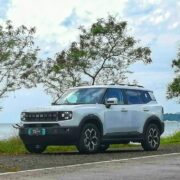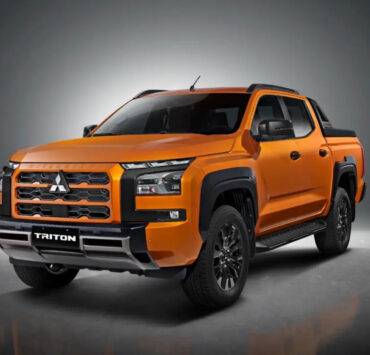Playing the Aces

Freezing, wet weather, with cold rain pouring, is not ideal for photographing a new car. The slippery, challenging conditions, though, are excellent for evaluating one. When road grip is variable and vision impaired, you tend to tighten your grasp on the steering wheel and ease back on the accelerator. Not so in the Mini Aceman, the all-new electric crossover that we took for a spin in the countryside surrounding Copenhagen. The Aceman EV oozed confidence, whether we were on tight, two-lane country roads, or cruising at the speed limit on the motorway. Spoiler alert: it drives just like a larger, roomier Cooper ought to, slicing through corners with ease and the added oomph from the electric powertrain.
Flashback to the night before, when we were shown videos of the Aceman driving on sunny Danish roads (Sadly, no blue skies to be seen the next day). The folks from BMW International, who designed and developed the Aceman, assured us that the compact crossover was, in many ways, a new category of vehicle for Mini. While designed to slot into the lineup between the Cooper hatchback and larger Countryman SUV, the Aceman is not a direct replacement for the Clubman—essentially a wagon that was closer to the Countryman in size and character. Developing a completely new vehicle is challenging for Mini, a brand that’s closely tied to its heritage. Rather than go retro or completely abandon the brand history, Mini decided to interpret the original design and engineering intentions of Sir Alec Issigonis for a new generation of vehicles—in this case, electric.
The next morning, as we circled the fleet of Mini Acemans—Acemen?—at the hotel driveway, we saw for ourselves the rather attractive result. While the Aceman carries the visage and styling cues that are unmistakably Mini, the details pare the design to be as clean and sleek as possible—Mini calls it “Charismatic Simplicity.” Thus, the Aceman has the signature profile, roofline, and greenhouse of Mini, while flush door handles, a blacked-out “grille,” and smaller taillights give it a modern look. Black wheel arches, front and rear aprons, and roof rails lend some crossover appeal, while the wheels themselves have been pushed almost to the car’s corners. Mini Aceman measures 4079mm long x 1754mm wide, with a 2606mm wheelbase.
Instead of a traditional key, we were handed an iPhone with the Mini Aceman app. With the phone, we could remotely control some of the car’s functions, including checking the charge level, turning on the aircon, or even park the car. This comes in handy in tight parking spaces. The car’s Digital Key can be transferred to several users—a modern version of handing over the car keys.
The car unlocked as soon as we approached with the iPhone in hand. Getting into the driver’s seat was easy and fuss-free. We like to think of Minis as sports cars for older folks—or anyone who doesn’t want to bend, spindle, or mutilate one’s self just to get in and out of a car. Indeed, four doors allows easier ingress and egress for all passengers—just watch your head when going into the back seat. The Aceman seats four comfortably, with sufficient elbow and knee room in the back. There’s 300 liters of luggage space in the back, expandable to 1005 liters with the rear seat folded.
While we enjoyed the roomy and supportive front seats, we couldn’t miss the Mini’s central display. The high-res glass OLED display measures 240mm, and can reconfigure depending on situational or driver requirements. With the integrated navigation system, it acted like an augmented-reality style display, showing the road ahead with directions overlaid on the camera image. Driving-efficiency nerds can switch the display to show recent power consumption. You can even opt for a retro-style round speedometer with accompanying sound effects.
You can control key vehicle functions such as car power on/off, drive mode, and “gearshift” via a row of toggle switches below the huge OLED display. Thankfully, there’s also a volume knob for the Harman/Kardon sound system, and frequently-accessed functions such as rear camera and window defroster. This frees up center console space for storage and a wireless phone charger.
Departing from the BMW-like luxury trim of the previous Mini Countryman, the new generation of Minis are trimmed in a 2D-woven recycled polyester. It gives the cabin a younger, more distinctive vibe. The lower textile layer interacts with a contrasting upper layer to create a unique, colorful look. The effect is not unlike being in a giant sneaker. At night, the cabin’s ambient lighting combines with the overlapping fabric hues to provide a party atmosphere-it’s a great mood booster.
The Mini Aceman SE’s electric drive delivers 160kW (218hp) and 330Nm of torque to the front wheels, good for 0-100kph in 7.1 seconds. Thanks to the instantaneous delivery of electric power, it accelerates quickly from almost any speed. Quoted range is 405km. The 54.2 kWh lithium-ion battery can be fast-charged from 10 to 80 percent in about 30 minutes, with conventional charging from 0 to 100 percent taking 9 hours.
On the road, the Aceman feels fluid and linear when responding to driver inputs. The suspension system foregoes variable dampers in favor of conventional strut suspension up front and three-link axle at the rear. They do a good job of keeping the rather heavy Aceman (1710kg) pointed where intended. Mini says that the intent is to be very close to the handling of the Cooper hatchback while providing all-day comfort. Indeed, the car soaks up bumps and irregular surfaces without any fuss, a worthy complement to the tight handling.
The Mini Aceman doesn’t go out of its way to make its EV-ness felt, and for us, that’s a good thing. The regenerative braking, for example, is unobtrusive—it never feels jerky the way some systems do. Acceleration is quick, but not blistering. Mini figures that Aceman drivers will want it to behave not like a dragster, but rather like a lithe, sporty family hatchback—and at that they’ve succeeded.


















